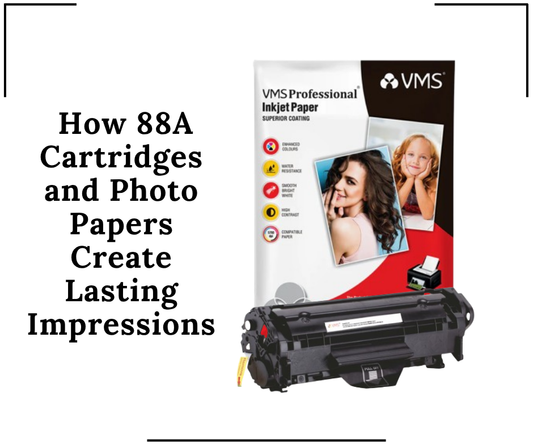In today’s fast-paced business and creative environments, document preservation is more than just a need it’s a necessity. Whether you’re protecting ID cards, restaurant menus, certificates, posters, or signage, a lamination machine ensures your documents stand the test of time. But here’s the twist: not all laminators are created equal. The real question most users face is Cold or Thermal? Which lamination machine truly fits your purpose?
In this guide, we’ll walk you through both types, their pros and cons, and how to choose the best lamination machine based on your specific requirements.
Understanding the Basics: What Is Lamination?
Lamination is the process of encasing a document or material between two layers of plastic film to protect it from damage like moisture, dirt, bending, and wear. Lamination not only enhances durability but also gives documents a polished, professional appearance.
There are two primary types of laminators on the market: thermal lamination machines and cold lamination machines.
What is a Thermal Lamination Machine?
Thermal laminators use heat to activate an adhesive on the lamination film. Once heated, the plastic film bonds with the document, forming a tight seal. This is the most widely used method in offices and commercial setups.
Benefits of Thermal Lamination:
- Strong bond: Ideal for high-traffic documents like menus or ID cards.
- Clear and glossy finish: Enhances the vibrancy and readability of prints.
- Wide compatibility: Suitable for paper, cardstock, and photo paper.
- Cost-efficient in the long run: Especially for bulk lamination.
Drawbacks:
- Not ideal for heat-sensitive documents (e.g., thermal receipts).
- Requires warm-up time.
- Consumes more electricity than cold laminators.
What is a Cold Lamination Machine?
Cold laminators, on the other hand, use pressure-sensitive adhesives and rollers to apply the lamination film. There’s no need for heat, making them a preferred choice for materials that can be damaged by high temperatures.
Benefits of Cold Lamination:
- Safe for heat-sensitive items: Great for thermal paper, photos, vinyl, and fabrics.
- Quick and easy: No warm-up time; just load and go.
- Energy-efficient: No power consumption.
- Low maintenance: Fewer mechanical parts reduce wear and tear.
Drawbacks:
- The bond isn’t as strong as thermal lamination.
- Often more expensive due to specialized adhesive films.
- Finish might appear less glossy or professional for certain documents.
How to Choose the Best Lamination Machine for Your Needs
Here’s a quick breakdown based on your specific application:
1. For Office Use:
If you're laminating presentations, reports, or official documents on a regular basis, go for a thermal lamination machine. It's faster, more efficient for bulk use, and offers a clean, professional finish.
2. For Creative Professionals or Print Shops:
For artwork, photos, or items printed on delicate materials, a cold lamination machine is safer. It maintains color accuracy and doesn't risk warping your design.
3. For Retail and Store Use:
Retailers who laminate signs, price tags, or promotional materials may benefit from both. Cold laminators are ideal for quick in-store tasks, while thermal options can handle bulk signage more economically.
4. For Schools and Educational Institutions:
Thermal laminators are a go-to option for schools that need to protect classroom materials, flashcards, certificates, and more.
Pro Tips Before You Buy:
- Check document size compatibility. Some laminators only handle A4 or smaller, while others accommodate A3 or larger.
- Consider lamination thickness. Thicker films (measured in microns) offer more protection but may require higher heat.
- Look for additional features like jam release, auto shut-off, fast warm-up, and dual hot/cold modes for versatility.
Final Verdict: Cold vs Thermal – Which Wins?
There’s no absolute winner because the best lamination machine depends entirely on your needs. If you're after durability and volume, thermal lamination machines are hard to beat. But if safety, energy savings, and flexibility with sensitive materials are your priority, cold laminators are the smarter pick.
In fact, many modern offices and creative studios now invest in dual-mode laminator machines that support both cold and thermal lamination giving you the best of both worlds.



